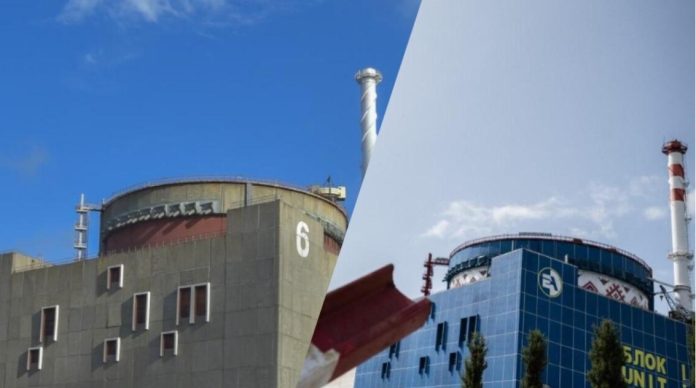Ukraine plans to expand the Khmelnytsky Nuclear Power Plant significantly in the coming years. Completion of construction of units # 3 and # 4, initiated in Soviet times, as well as construction from zero of blocks # 5 and # 6 are the key stages of this project. If the project is successfully implemented, the Khmelnytsky NPP will become the largest and most powerful in Europe, exceeding even the Zaporizhzhya NPP.
However, the project has its critics. They make arguments that the construction of four power units is a long and costly process, especially in the conditions of modern Ukraine, where decisions are needed for the near future. Some experts are also concerned about the increase in the capacity of one object, as this does not correspond to the strategy of decentralization of the power system aimed at reducing its vulnerability to Russian attacks.
Government officials from the Ministry of Energy respond to these comments, arguing that without nuclear energy, Ukraine will not be able to provide stable power supply.
The Khmelnytsky Nuclear Power Plant, which is the latest in Ukraine, has a significant historical fund. Its first power unit was put into operation in 1987, the second in 2005. In Soviet times, two more power units began construction at the station, the third of which began to be erected in September 1985 and the fourth in June 1986. Both blocks are designed for a power of 1000 MW and have a VVER-1000 reactor installation.
Following the moratorium on the construction of new NPPs in 1990, which was abolished in 1993, the idea of finalizing the project of power units # 3 and # 4 in Ukraine again appeared in Ukraine. In 2018, the technical and economic substantiation of the completion was approved, but the amount for the Project increased from UAH 72.4 billion to UAH 76.8 billion.
In April 2024, the Government approved a new bill on construction, planning funding at the expense of energy and loans. The Cabinet of Ministers estimates that construction will increase electricity production by 16 226 million kWh/year.
Plans also include the construction of new blocks # 5 and # 6 using AR1000 from the US company Westinghouse. This technology has not yet been used in Ukraine or in Europe, but it has advanced approaches to safety and the ability to maneuver blocks, which allows them to function safely and efficiently.
The exact time for construction is not yet known and depends on the adoption of the necessary legislation to start work.


